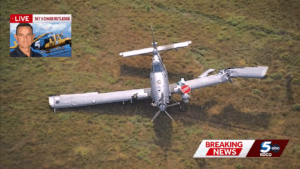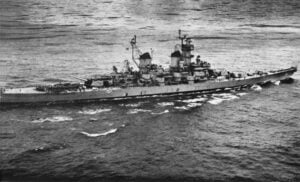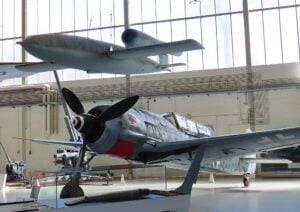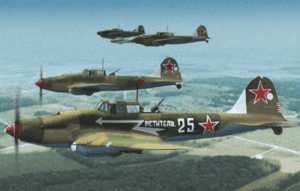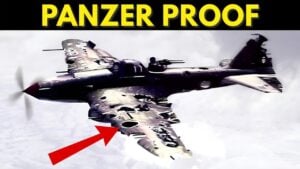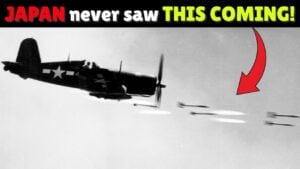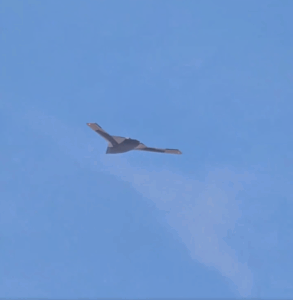The Deadly Truth About Why Bf 109 Pilots Suffered Huge Losses
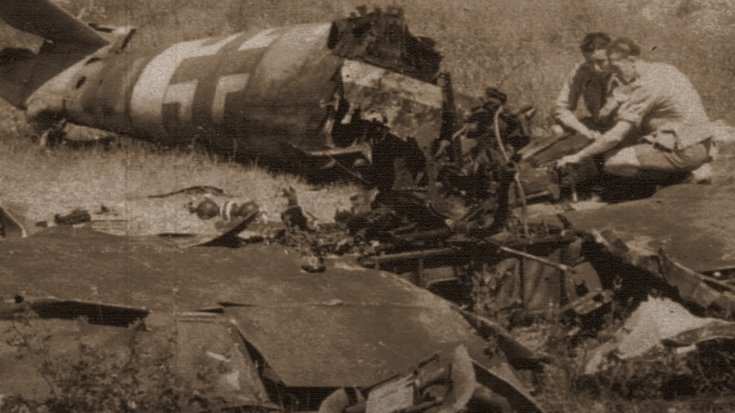
Unbelievable true stories / YouTube
The Birth of a Fighter
The Messerschmitt Bf 109 was the most produced fighter aircraft of World War II, with over 33,000 units built. Designed by Wilhelm Messerschmitt, it helped create some of the highest-scoring fighter aces in history. Fast and well-armed, it became the symbol of German air strength in the early years of the war.
First introduced in 1937, the Bf 109 was ahead of its time. With an all-metal frame, retractable landing gear, and enclosed cockpit, it stood out in an era when most countries still used biplanes made of wood and canvas. Though German aircraft production was still limited after World War I, secret development continued under the cover of civilian aviation.
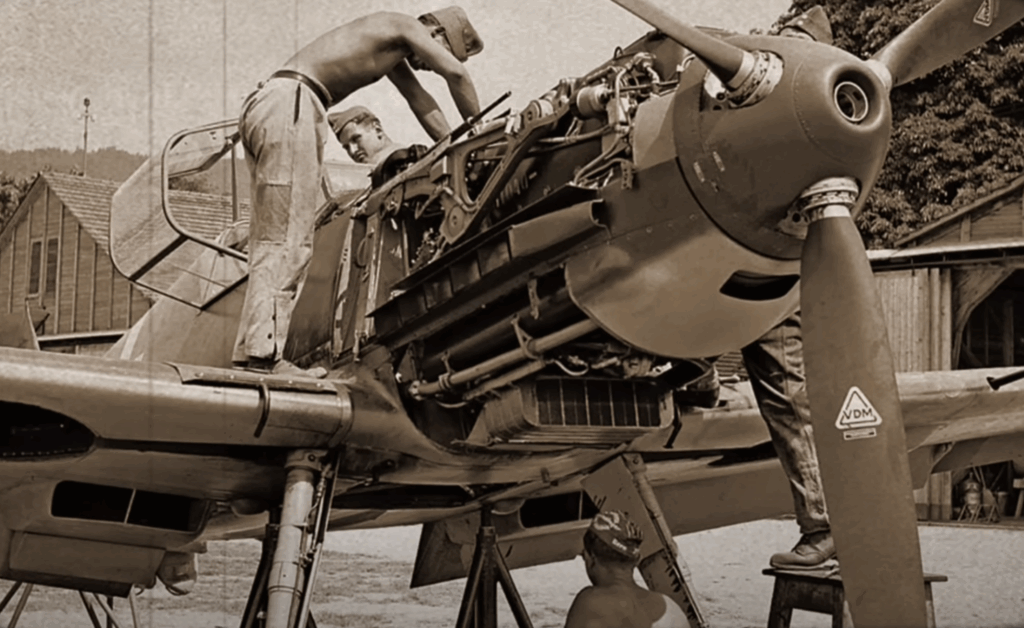
Early Improvements and Combat Testing
When Germany rolled out the Bf 109 during the 1936 Berlin Olympics, it broke international speed records. Early versions used a British Rolls-Royce engine until German-made Daimler-Benz engines became available. The aircraft started with two machine guns but quickly gained additional firepower when the British introduced the Spitfire.
The Spanish Civil War gave German pilots their first real combat experience in the Bf 109. Against older Soviet aircraft, the new fighter performed well. Feedback from the conflict helped engineers improve the design. By the time Germany invaded Poland in 1939, the Bf 109 was the main fighter in German service and continued to dominate in the early months of the war.
Shortcomings Over Britain
As the Battle of Britain began in 1940, the Bf 109 had to escort bombers across the English Channel. But the aircraft’s short range became a serious problem. It could only remain over British territory for about 15 minutes before needing to return. Many pilots ran out of fuel and crashed into the Channel.
In the air, the Bf 109 could outclimb and outdive the Spitfire but could not outturn it. Its fuel-injection system gave it an edge in negative-G maneuvers, unlike the carburetor-equipped Spitfires. Still, the limited range, combined with mounting losses, led to the cancellation of Germany’s planned invasion of Britain.

A Deadly Design Flaw
One design problem plagued the Bf 109 throughout its service: its narrow undercarriage. The landing gear was attached to the fuselage instead of the wings. This gave the plane a sleek profile but made takeoffs and landings dangerous. On uneven terrain or in strong winds, tip-overs and crashes were common.
More than 1,700 German pilots died in training accidents involving the Bf 109. The flaw wasn’t fixed, and even experienced flyers could be lost during basic flight operations. Ten percent of all Bf 109s were lost in non-combat accidents, a figure rarely seen in other major air forces during the war.
Modifications for Different Theaters
In North Africa, the Bf 109 was adapted for desert warfare. It received filters for sand and extra fuel tanks for longer missions. During the 1941 invasion of the Soviet Union, newer versions like the F model were introduced with changes to its weapons layout. Firepower was moved entirely to the nose to reduce drag and improve aim.
This setup helped pilots like Erich Hartmann, who became the highest-scoring ace in history with 352 confirmed kills. However, German pilots were rarely rotated out for rest, unlike Allied airmen. They flew until wounded, captured, or killed. As a result, the few who survived logged hundreds of missions.

Heavier Weapons, Slower Speed
The later G model added stronger machine guns and even larger cannons. It could also carry bombs and rockets for ground attacks. But these additions came at a cost. The extra weight and drag made the Bf 109 slower and less agile—leaving it vulnerable to Allied fighters like the P-51 Mustang and P-47 Thunderbolt.
Though models H and K were developed for high-altitude combat, they were too few and too late. Allied bombing had damaged German factories, and fuel was in short supply. With fewer trained pilots and growing enemy pressure, the Bf 109 was pushed into desperate roles until the end of the war.













